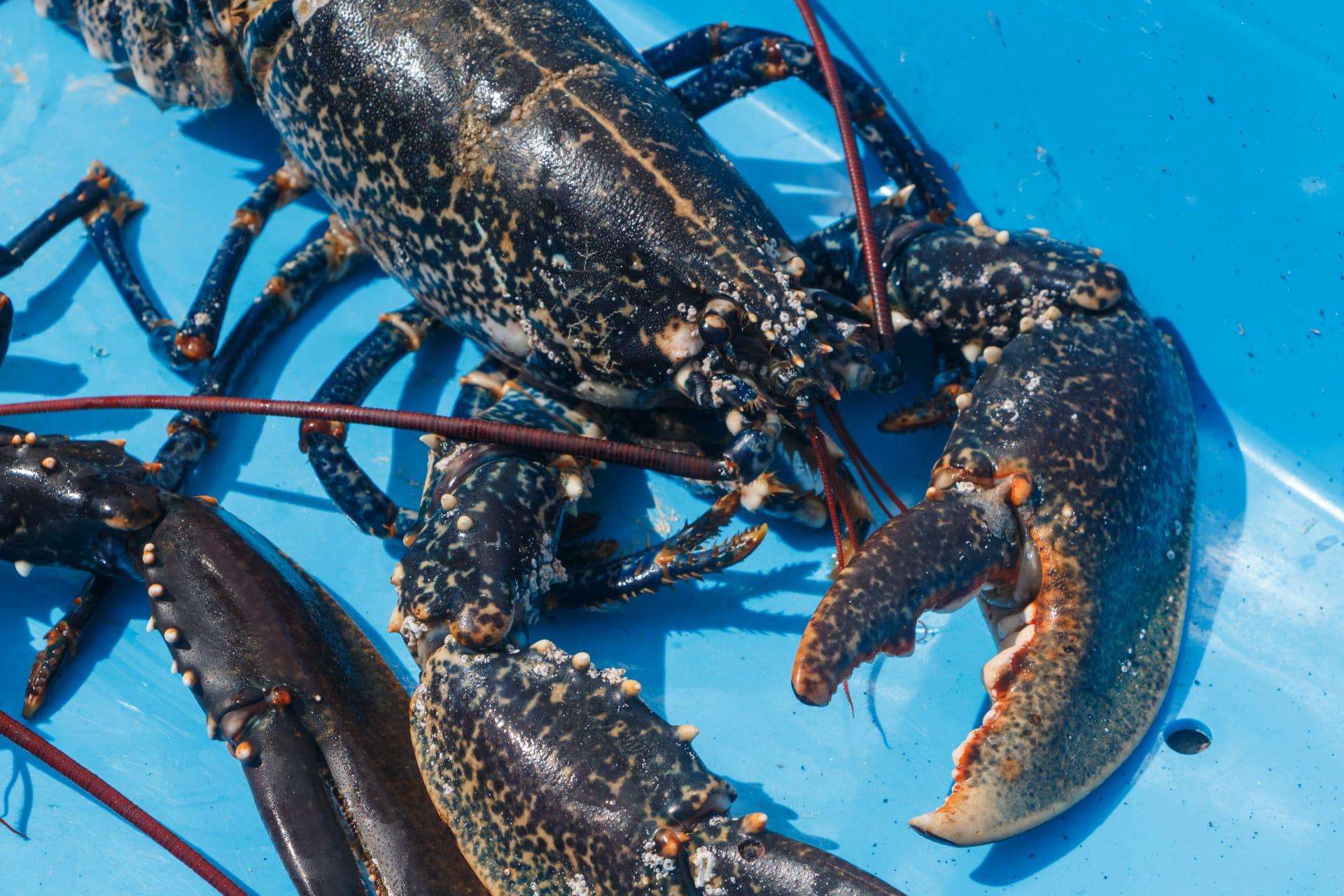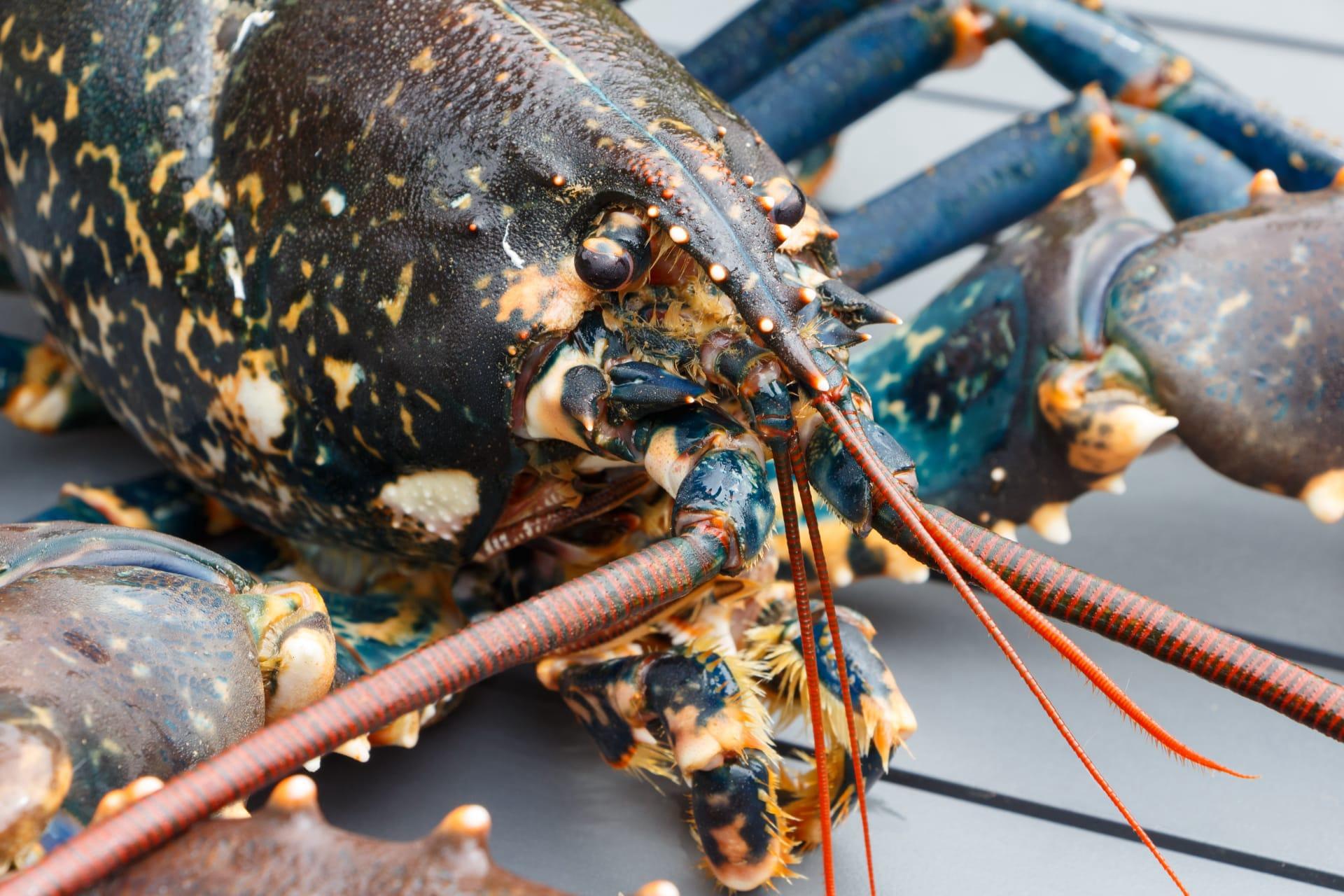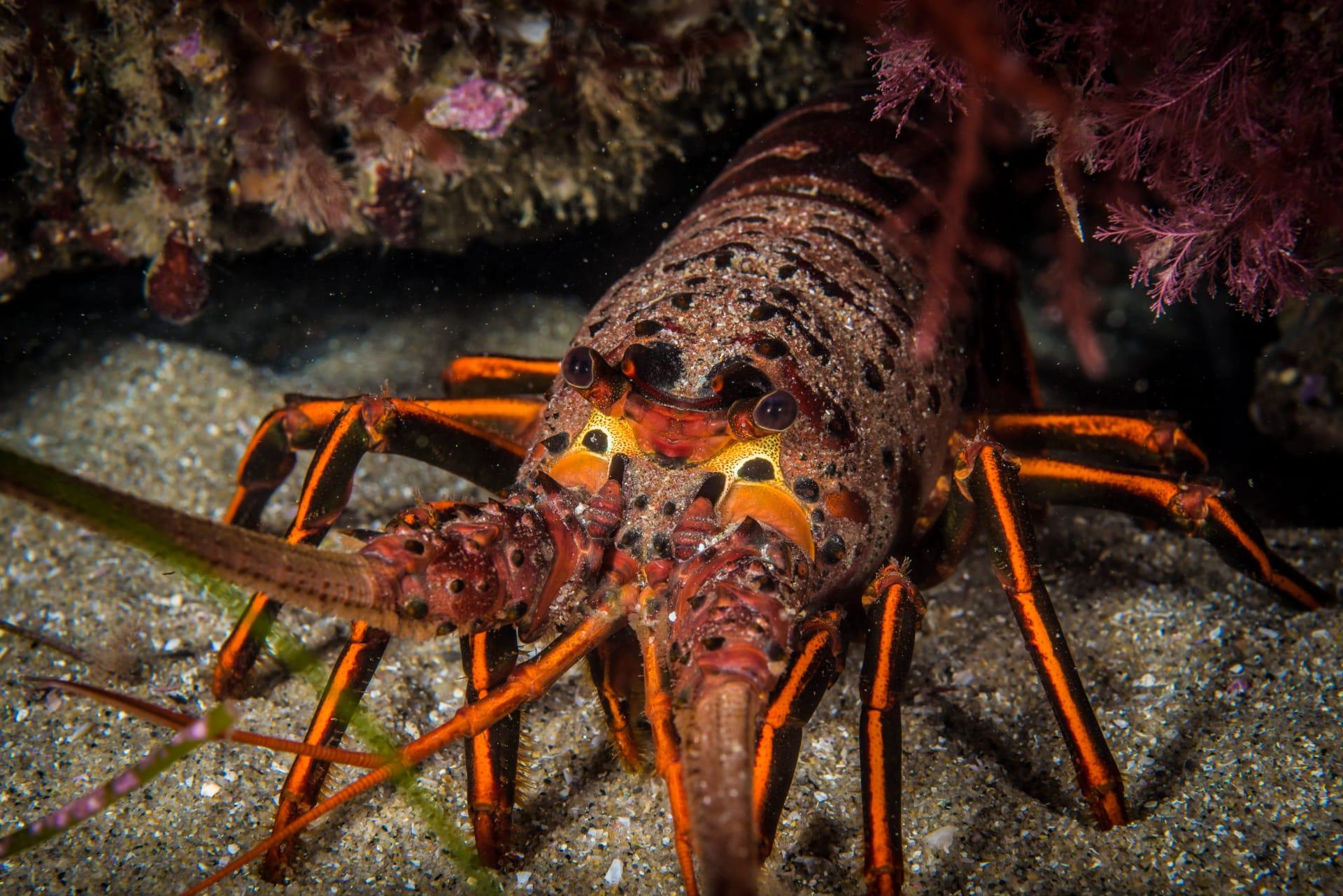1
Lobsters are fascinating creatures, often recognized by their distinct, vibrant colors, but did you know they can come in a multitude of shades due to genetic variations? One in every 2 million lobsters is blue, a rarity caused by a genetic anomaly that results in an excess production of a particular protein. Even more rare are the yellow lobsters, with the odds of finding one being 1 in 30 million. The rarest of them all is the albino lobster, with chances of encountering one being a staggering 1 in 100 million, making these color variations a marvel of marine biodiversity.
Lobsters also have a remarkable way of communicating, primarily through the release of urine. They have urine-release nozzles right under their eyes, and they squirt it out to communicate with other lobsters, especially during mating season or while settling disputes. This unique form of communication is not only a testament to their complex social interactions but also an intriguing aspect of their behavioral ecology, illustrating the diversity of communication methods in the animal kingdom.

2
The lifespan of a lobster is another aspect that captivates many. Lobsters are known to live long, healthy lives, with some individuals reaching over 100 years old. This longevity is partly due to their ability to continuously molt and regenerate lost limbs, a process that essentially allows them to rejuvenate their bodies. Unlike many other animals, lobsters have what is known as indeterminate growth, meaning they don't stop growing as they age, which contributes to their long lifespans. The largest lobster ever caught weighed approximately 44 pounds (20 kilograms) and was estimated to be over 100 years old, showcasing the impressive growth potential of these creatures.
Lobsters have a unique digestive system, featuring a stomach located in their head, just behind the eyes. Inside this stomach is a structure known as the "gastric mill," which functions similarly to teeth. The gastric mill has strong, grinding surfaces that crush the lobster's food before digestion. This efficient system allows lobsters to consume a variety of prey, including fish, mollusks, and even other lobsters, highlighting their adaptability and role as opportunistic feeders in the marine ecosystem.

3
Lobster blood is a clear fluid that turns blue when exposed to oxygen, a characteristic that sets them apart from many other marine organisms. This unique coloration is due to the presence of hemocyanin, a copper-containing protein that transports oxygen in their blood, contrasting with the hemoglobin in mammals that gives blood a red color. This adaptation is particularly suited to the cold, oxygen-rich environments in which lobsters thrive, underscoring the evolutionary diversification of life in the ocean.
Another intriguing fact about lobsters is their method of molting, which is essential for growth. As lobsters grow, their hard exoskeleton doesn't expand with them. To accommodate their increasing size, lobsters must shed their shell in a process called molting. Before a lobster molts, it absorbs a large amount of water to expand its body size, making it easier to break free from the old shell. After shedding, the lobster is soft and vulnerable until its new shell hardens. This molting process can take several weeks, during which lobsters often hide to avoid predators, highlighting the delicate balance between growth and survival in the marine world.

4
Lobsters have an extraordinary sense of smell and taste, which they utilize through their antennae and tiny hair-like structures called aesthetascs. These sensors are so refined that lobsters can detect food, mates, and predators from significant distances, making them highly adept at navigating their underwater habitats. This keen sense of smell and taste plays a crucial role in their survival, especially when searching for food in the vast and complex ocean floor.
The nervous system of a lobster is surprisingly primitive, akin to that of an insect. Despite their simple brain structure, lobsters exhibit complex behaviors such as social hierarchies, intricate mating rituals, and the ability to learn and adapt to their environment. This simplicity, combined with their ability to navigate complex social interactions, challenges our understanding of brain function and cognitive capabilities in the animal kingdom, offering intriguing insights into the evolutionary history of nervous systems.

5
Lobsters play a significant role in their ecosystems, not just as predators, but also as scavengers. They feed on dead animals and plant matter, effectively cleaning the ocean floor and contributing to the health of marine ecosystems. This dual role ensures the balance of the underwater food web, illustrating the interconnectedness of marine life and the importance of each species in maintaining ecological stability.
Finally, the practice of lobster fishing has a long history, dating back to the Native Americans who used lobsters as bait and fertilizer before European settlers recognized their culinary value. Today, lobster is considered a delicacy, with lobster fisheries being a vital part of the economy in many coastal communities. Sustainable fishing practices are crucial to preserving lobster populations and ensuring the longevity of this valuable industry, reflecting the ongoing balance between human consumption and environmental conservation.